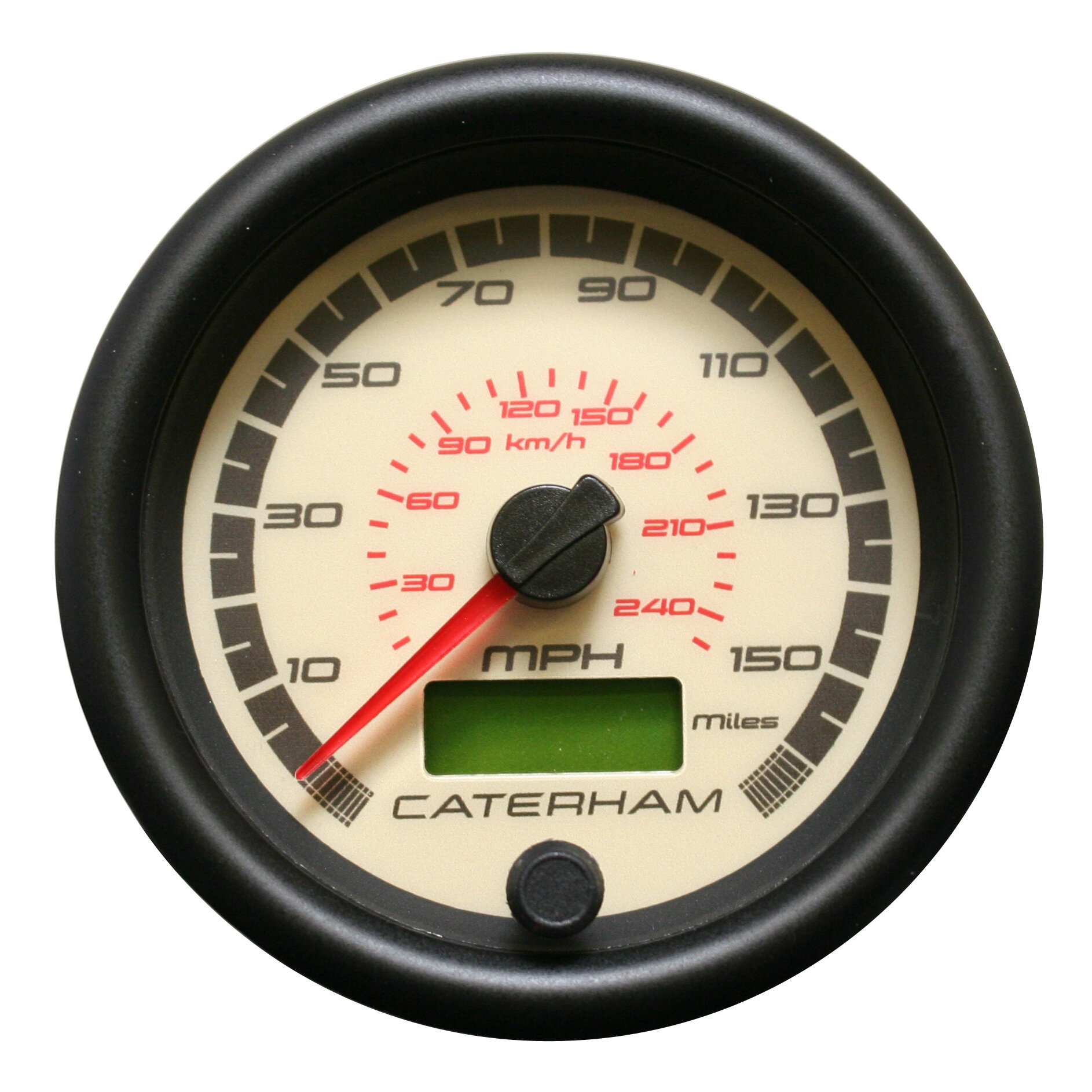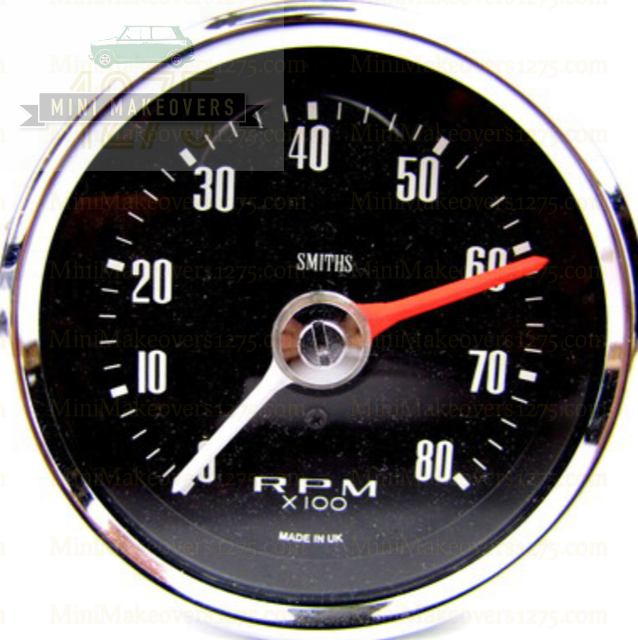Boost Your Driving Experience with a Reliable Tachometer
Boost Your Driving Experience with a Reliable Tachometer
Blog Article
Unlocking the Keys of Tachometers: Every Little Thing You Required to Find Out About This Vital Tool in Your Vehicle
Recognizing the complexities of tachometers can provide useful insights right into your car's efficiency and maintenance demands. From measuring engine speed to understanding the information it presents, tachometers offer as an essential device for lorry proprietors and fanatics alike. By unraveling the mysteries behind this important tool, you can open a wealth of details that can improve your driving experience and ensure the long life of your car.
Significance of Tachometers
The relevance of tachometers depends on their ability to supply critical real-time information regarding an engine's rotational rate, enabling exact monitoring and upkeep of machinery. By gauging the revolutions per min (RPM) of an engine's crankshaft, tachometers provide beneficial insights right into the engine's efficiency - tachometer. This information is essential for making sure that the engine runs within its optimum array, staying clear of potential damage from over-revving or underperforming
Tachometers play an essential duty in helping operators and specialists spot any anomalies in the engine's speed, which can indicate issues such as gas inadequacy, mechanical issues, or excessive stress on the engine. By quickly recognizing these concerns through tachometer readings, maintenance can be performed proactively, preventing costly repair services and downtime over time.
Moreover, tachometers are particularly vital in high-performance vehicles and equipment, where precise control over engine speed is necessary for optimum operation. Racing vehicles, airplane, and commercial devices depend on tachometers to supply peak performance while preserving security requirements. Basically, tachometers are not simply tools for gauging speed however essential tools for making certain the smooth and efficient operation of engines throughout various applications.
Exactly How Tachometers Measure Engine Speed
Using sensing units that identify the regularity of electrical pulses produced by the engine's ignition system, tachometers precisely determine the rotational speed of an engine. By monitoring the price at which these pulses are obtained, tachometers provide real-time responses on just how quick the engine's crankshaft is rotating per min, frequently referred to as transformations per min (RPM)
The tachometer's sensing unit, frequently attached to the engine's ignition coil or ignition system wires, gets the electric signals produced each time a cylinder fires. These signals are then transformed into RPM analyses presented on the gauge or instrument collection within the motorist's view. Tachometers can be analog or electronic, with contemporary vehicles typically featuring electronic displays for precise and instantaneous RPM analyses.
This details is critical for motorists to understand the engine's efficiency, avoid over-revving, enhance gear moving, and make sure efficient fuel usage. By properly measuring engine rate, tachometers play a crucial duty in aiding vehicle drivers run their vehicles safely and effectively.
Analyzing Tachometer Analyses
Having a clear understanding of exactly how tachometers gauge engine speed establishes the foundation for successfully translating the RPM readings showed. Analyzing tachometer readings is vital for optimum automobile efficiency and engine health. RPM (Transformations Per Minute) analyses on the tachometer indicate the rate at which the engine's crankshaft is turning. When the engine is idling, the tachometer needle usually relaxes around 600-1000 RPM, depending on the automobile. As you increase, the RPM will the original source certainly boost, mirroring the engine's higher rotational rate. When shifting gears in a manual transmission vehicle, the RPM will go down as you engage the clutch and change gears, then rise once again as you speed up in the brand-new gear. Monitoring the tachometer can aid you figure out the most effective changing points to make the most of gas economy and engine power. Additionally, uncommon changes or consistently high RPM readings could suggest possible problems with the engine that might need professional attention. By taking notice of the tachometer analyses and recognizing exactly how to translate them, you can ensure your car runs smoothly and effectively.


Tips for Utilizing Tachometers Properly
To improve driving effectiveness and enhance engine efficiency, what trick methods can be carried out for efficiently using tachometers? Tachometers are essential tools that supply real-time feedback on engine speed, allowing drivers to make informed choices for better efficiency - tachometer. Below are some tips for using tachometers effectively:
Recognizing Ideal RPM Range: Familiarize yourself with the optimum RPM (Changes Per Minute) variety for your car. This array ranges different vehicles and is normally suggested in the owner's manual. Maintaining the engine within this array can improve gas performance and prolong the engine's life-span.
Shifting Equipments at the Correct Time: Use the tachometer to establish the most effective time to move gears. Upshifting prematurely or too late can cause lowered performance and performance. Aim to change gears when the RPM reaches the optimum array for the next gear.
Checking Engine Stress And Anxiety: High RPMs for long term durations can strain the engine. Watch on the tachometer to stop over-revving, especially during velocity or when bring heavy tons.
Tachometers and Vehicle Maintenance
When taking into consideration car upkeep, tachometers play an essential function in checking engine from this source efficiency and discovering prospective problems. Tachometers offer necessary information on engine rate, permitting vehicle drivers and auto mechanics to make certain that the engine is operating within the recommended RPM variety.
In enhancement to finding possible issues, tachometers can also assist in maximizing gas effectiveness. By maintaining the engine speed within the optimal array, drivers can improve their gas mileage and reduce fuel consumption. This not just benefits the driver's pocketbook yet also adds to environmental conservation by lowering harmful emissions.
Final Thought

Report this page